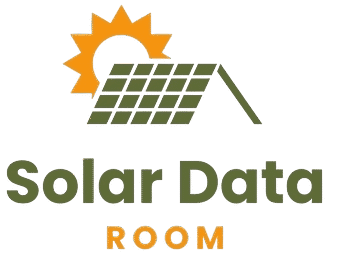DIY Solar Power
Before, solar power or solar cell panels were only available in commercial areas and hardware stores. Nowadays, more and more people are trying DIY kits. You can expect to have your setup in just one day, provided that you have an easy kit to start with. Solar power can be achieved right in your very own home, without the help of a professional. Make sure you follow the instructional guide carefully for the best results.
Building Your Own Solar Power Generator
You can use parts that are available on the internet or at your local store. You can create a tiny solar power generator with a budget of only $200 to $300. This is ideal for power failures and life outside the power grid. The setup can also effectively power the modem, television, DC appliances, computer, cameras, and lights. You can use this in cabins, archaeological digs, tents, and camping trips. This is the ideal setup for people who travel to undeveloped regions.
Initial Steps
First of all, you need to make or buy yourself a tiny solar panel for homes. You can get a device rated at 12 volts or higher for only $100 at a marine supply store or RV store. Next, purchase a battery. Experts recommend that you get rechargeable batteries from available green companies. Get any size of deep-cycle 12-volt lead/acid or gel battery. You will need a deep-cycle battery for nonstop use. The type in the car is a cranking battery, which is good for starting engines. You may also want to look for bargains and other good deals that will cost only around $50 to $60.
Next Steps
Take a battery box where you will place the generator. The box should only cost around $10. It is ideal for covering the exposed terminals just in case you have children in your home. If you want to install the system in a cabin, pump shed, or boat, you can skip this step. Purchase a 12-volt DC meter, and this should cost you around $25. Purchase a DC inlet; the triple inlet model is recommended, and you can purchase this for only $10 at a car parts store. The device will be good for powering DC appliances like lights, hairdryers, and vacuum cleaners.
If you intend to power AC appliances, you will need an inverter. The inverter converts the stored DC power in the battery into AC power for the majority of household appliances. Measure the watts that you will need; cheap inverters of various sizes can be purchased online, too. Use a drill to attach the meter and DC input to the top region of the box.
Charging
Next, use insulated wire to connect the meter to the wingnut terminals found on the battery. Link the negative pole initially. Handle only one wire at a time. Link the DC inlet straight to the battery in a similar fashion. Link the solar panel to the battery in the same way. Shut the lid using a bungee cord to keep everything tight. Position the solar panel under the sun. It will take 5 to 8 hours to charge dead batteries, and you can power different devices like fans, lights, and radios.




